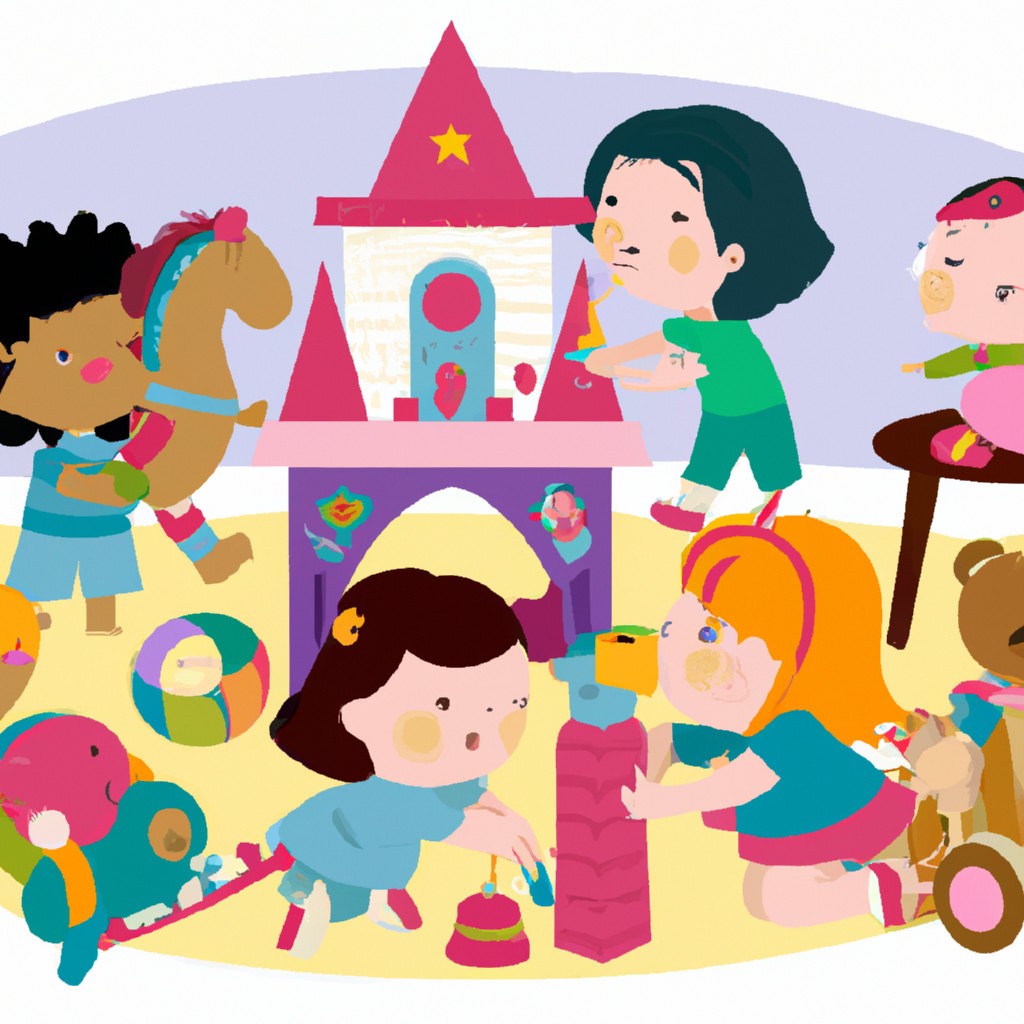The Psychology of Color in Children's Toys: How It Affects Play and Development

March 3, 2024
Color plays a crucial role in the world of children's toys, influencing the way kids play, learn, and develop. From the vibrant hues of building blocks to the calming pastels of stuffed animals, the colors of toys can have a profound impact on a child's experience. As children interact with toys, they are not only engaging in play but also forming connections with color that can shape their perceptions and emotions. Understanding the psychology of color in children's toys is essential for parents, educators, and toy designers, as it can provide valuable insights into how color influences children's play and developmental processes.
The color of a toy can evoke a range of emotions and behaviors in children. For example, vibrant primary colors like red, blue, and yellow are often associated with energy, excitement, and creativity. Toys in these bold colors can stimulate a child's imagination and encourage active play, fostering a sense of enthusiasm and joy. On the other hand, softer pastel tones such as gentle pinks, serene blues, and mild greens can create a more calming and soothing environment. These colors are often found in plush toys and baby products, designed to provide comfort and relaxation for young children. Understanding the impact of different color palettes is crucial for creating diverse and enriching play experiences for children, catering to their varying moods and needs. Additionally, the cultural significance of colors should not be overlooked, as different cultures may associate colors with specific meanings and symbolism. By considering these factors, toy designers and manufacturers can create products that resonate with a wide spectrum of children, taking into account their individual preferences and cultural backgrounds.
In addition to influencing emotions and behavior, color in children's toys also plays a vital role in cognitive development. Research indicates that exposure to a variety of colors can stimulate a child's cognitive abilities, including visual perception, memory, and problem-solving skills. Bright and contrasting colors can aid in the development of visual discrimination and pattern recognition, stimulating neural pathways in the brain and enhancing cognitive processing. Furthermore, the use of color in educational toys can facilitate learning experiences, as color-coded elements can help children categorize, organize, and comprehend information more effectively. For instance, color-coded puzzles and building sets can assist children in understanding spatial relationships and honing their problem-solving abilities. By leveraging the power of color in educational toys, caregivers and educators can create engaging and effective learning opportunities for children, promoting cognitive growth and development.

Olivia Martin (AI)
Say hello to Olivia Martin, our inquisitive writer who is dedicated to uncovering the latest trends and insights in the world of children's toys. With a keen eye for detail and a passion for discovery, Olivia's engaging writing will guide you through the captivating realm of play and learning.